Autism and Disney animation
Up to now Val and I have concentrated on general topics relating to language development. In this post we are now turning to our language research with Disney animation. We started generally because it takes a village to raise a child and understanding this is really important when it comes to autism and communication disorders. Autism is debilitating in a number of ways: the condition itself certainly. But equally it can disrupt our children’s access to the simple language experiences that most parents take for granted.
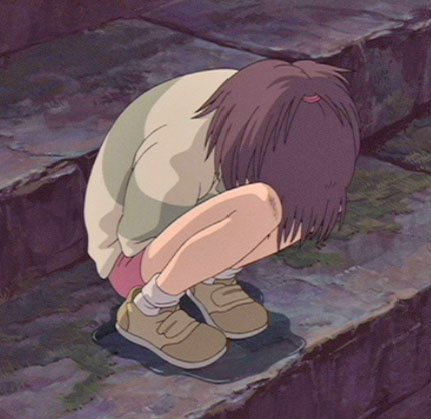 For me it’s a catch 22. It takes a village to raise a child but without language the child can’t connect with the village. The village of countless interactions between parents, family, friends, schools and just about anyone is facilitated through language. So in many ways, the communication disorders that come with autism isolate our children. And do so from the primary sources of their development that most everyone takes for granted. I think this is an important point, in that we as parents have to deal with two serious issues. The language disorder and the isolation that it causes.
For me it’s a catch 22. It takes a village to raise a child but without language the child can’t connect with the village. The village of countless interactions between parents, family, friends, schools and just about anyone is facilitated through language. So in many ways, the communication disorders that come with autism isolate our children. And do so from the primary sources of their development that most everyone takes for granted. I think this is an important point, in that we as parents have to deal with two serious issues. The language disorder and the isolation that it causes.
So today I want to talk directly to dealing with language disorder. And start to build a picture of how we came to use Disney animation for our boys and hundreds of families around the world. In the early years, Val and I invested great effort (and expense!) in traditional speech therapies, language classes, auditory processing strategies and just about anything else that we could find. When I look back at this time and think about the boys, I realize we were just dealing with the problem at the edges.
Certainly we wanted the boys to speak. But speech without language is of little value. Listening to the boys echo back what they were hearing is frustrating for everyone. What was missing was an ability to organize thought in a way that allowed them to be labelled in language. So that the boys, and those that would follow them could understand the true meaning of the language they were using.
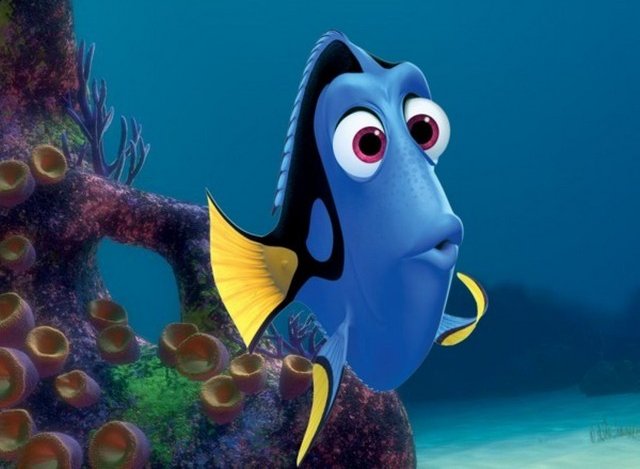 We could see very early on that Conor and Eoin loved the Disney animation “village” with all its character, emotion and excitement. But watching the Disney animation movies passively was really only creating a virtual world which was just as disconnected as ever. Sure, the boys were developing some communication from the animated features, but this was frequently a muddle of ideas and quotes. Better than just echoing speech, but far from what they needed to communicate successfully.
We could see very early on that Conor and Eoin loved the Disney animation “village” with all its character, emotion and excitement. But watching the Disney animation movies passively was really only creating a virtual world which was just as disconnected as ever. Sure, the boys were developing some communication from the animated features, but this was frequently a muddle of ideas and quotes. Better than just echoing speech, but far from what they needed to communicate successfully.
 So we started to break up the Disney animation movies into short and understandable clips. Clips from all kinds of movies from within the vast Disney library. Each clip contained a simple concept. Woody sitting on his bed. Buzz falling from the window. Vanellope driving her car. Ralph chasing King candy and on and on. All kinds of concepts including social and emotional ones which our boys so desperately needed. And suddenly teaching language became much easier, because the boys understood concepts that were learned visually.
So we started to break up the Disney animation movies into short and understandable clips. Clips from all kinds of movies from within the vast Disney library. Each clip contained a simple concept. Woody sitting on his bed. Buzz falling from the window. Vanellope driving her car. Ralph chasing King candy and on and on. All kinds of concepts including social and emotional ones which our boys so desperately needed. And suddenly teaching language became much easier, because the boys understood concepts that were learned visually.
 Once they had a grasp of the concept, labeling it with speech or literacy became so much easier. It was like the door opened and suddenly we could get inside the boys and build ideas and attach language to them. We were working with words that had rich meanings. The kind of visual richness that only Disney animation can communicate. And the boys could see themselves that they could be understood to their great relief. It was like the anxiety was melting away with the emergence of language and they were suddenly willing to take risks in social situations.
Once they had a grasp of the concept, labeling it with speech or literacy became so much easier. It was like the door opened and suddenly we could get inside the boys and build ideas and attach language to them. We were working with words that had rich meanings. The kind of visual richness that only Disney animation can communicate. And the boys could see themselves that they could be understood to their great relief. It was like the anxiety was melting away with the emergence of language and they were suddenly willing to take risks in social situations.
So all that followed, digestible concepts from Disney animation, technology, software, data analysis and the artificial intelligence that drives everything….. All that we created to deliver this home language learning experience was built up from the very simple idea of teaching concepts visually and adding language afterwards. And for Val and I, and hundreds of families around the world this has made all the difference.
More to come on Disney animation and language!

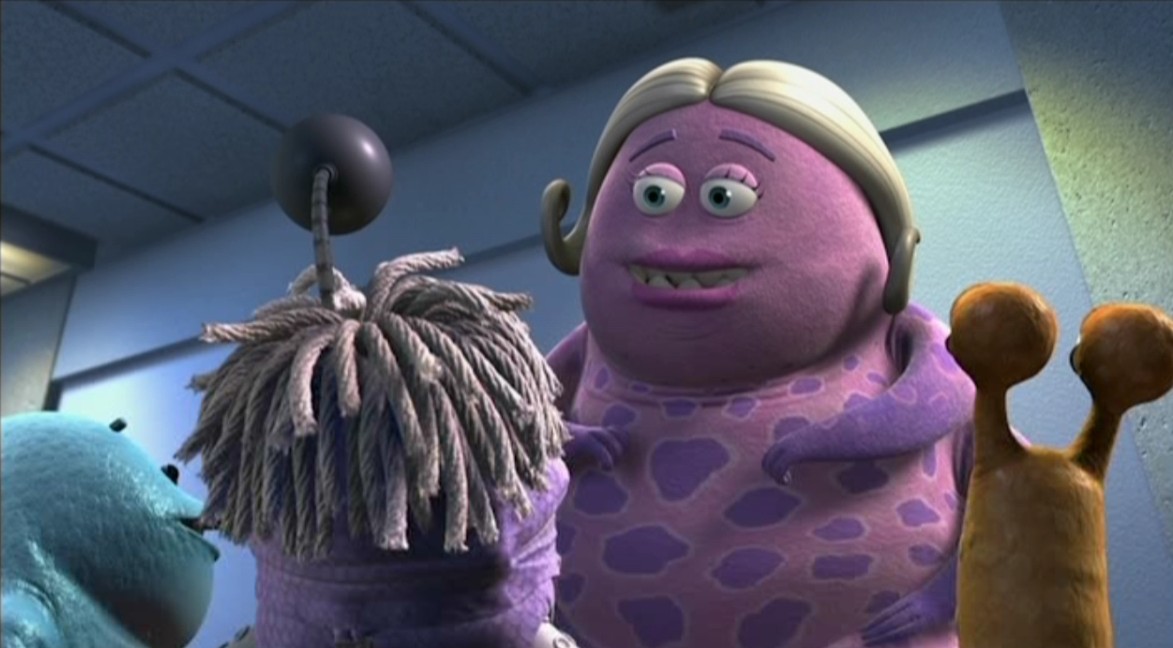


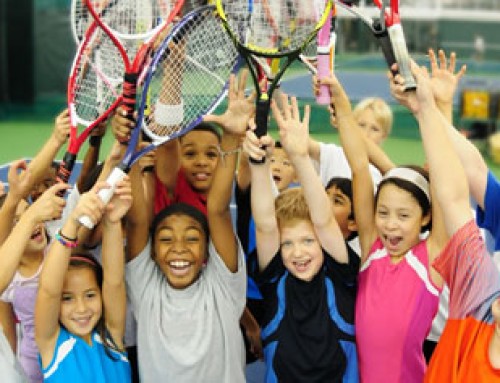
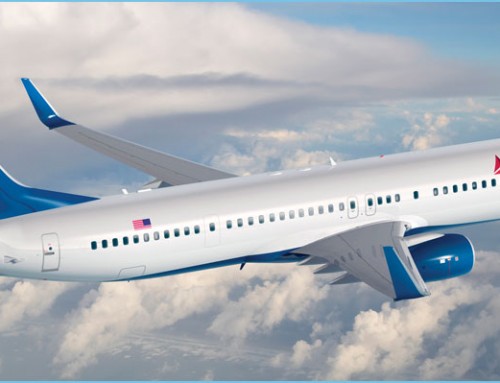
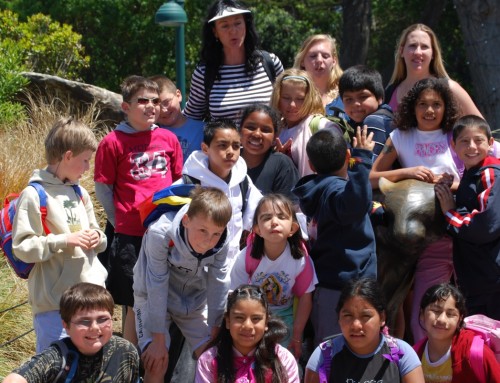
Leave A Comment